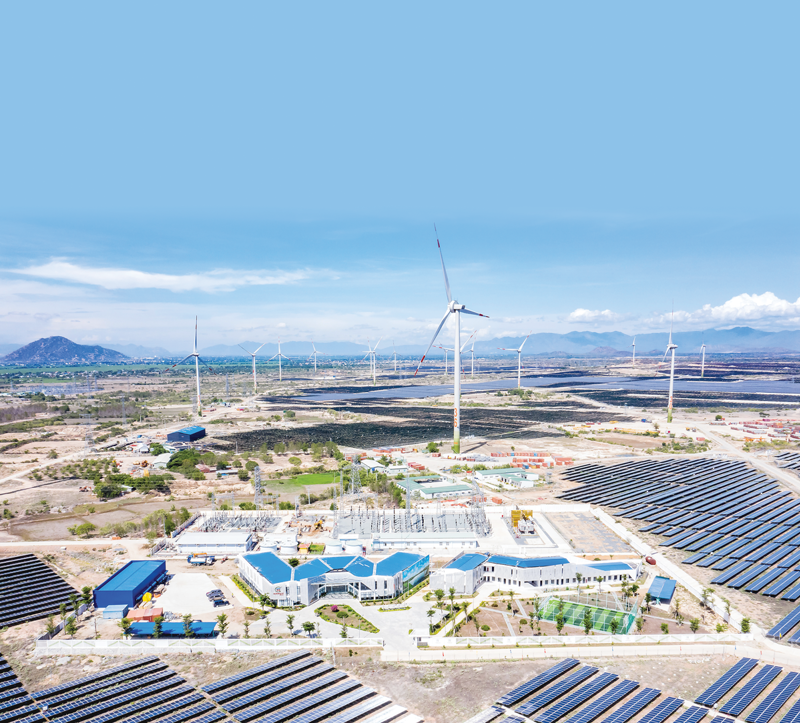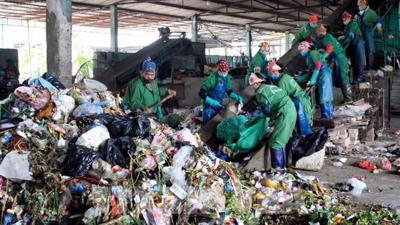Meeting the capital shortfall for green growth
There need to be more alternatives to fill the financial gaps in green growth development.

The State budget can only meet 30 per cent of the $30 billion in capital needed for Vietnam’s Green Growth Strategy to 2030, so the promotion of green financial products, including green bonds, would therefore be an effective tool to fill the shortfall.
According to an assessment from the International Finance Corporation (IFC), Vietnam’s green bond market is still in its early stages of development, so only a modest amount of capital has been mobilized via the channel.
Regarding government bonds, after the Green Bond Market Development Project from the Hanoi Stock Exchange (HNX) and the Local Government’s Pilot Green Bond Issue Scheme, in 2016, Ho Chi Minh City and Ba Ria-Vung Tau province were the first two localities to mobilize capital through the issuance of green bonds.
For green corporate bonds, companies such as the Trung Nam Solar Power Joint Stock Company, the Bamboo Capital Joint Stock Company, and BIM Land have successfully issued individual bonds on stock exchanges.
Though there have been positive initial steps, Vietnam’s nascent green bond market is not immune from limitations and shortcomings such as an incomplete legal framework, inconsistent implementation of strategy, limited awareness about green bond development, and a lack of appropriate mechanisms to call for capital into industries and fields that bring environmental benefits but involve a long payback period.
However, according to Mr. Vu Chi Dung, Director of the Department of International Cooperation at the State Securities Commission, legal documents on green bonds have been gradually improved towards creating more favorable conditions for businesses to mobilize capital.







